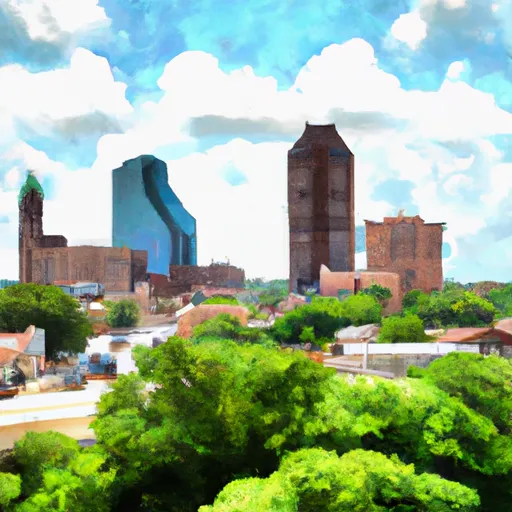°F
°F
mph
Windspeed
%
Humidity











San Augustine, Texas is a charming city located in the eastern part of the state. The region experiences a humid subtropical climate characterized by hot, humid summers and mild winters. Summers in San Augustine tend to be long and hot, with temperatures often reaching the mid-90s (°F). Winters are relatively mild, with average temperatures in the 50s (°F).
The hydrology of San Augustine is diverse, with the Angelina and Sabine Rivers in close proximity. These waterways offer excellent opportunities for fishing, boating, and other water-based activities. Additionally, the area is home to numerous lakes, such as Sam Rayburn Reservoir and Toledo Bend Reservoir, which provide further recreational opportunities including swimming and camping.
Outdoor enthusiasts will be delighted by the various recreational activities available in San Augustine. The surrounding forested areas offer excellent opportunities for hiking, bird-watching, and hunting. The Angelina National Forest, which is located nearby, provides a picturesque setting for nature exploration and camping.
Overall, San Augustine, Texas offers a pleasant climate, abundant water resources, and diverse outdoor recreation opportunities, making it an attractive destination for nature lovers and adventure seekers.
Weather Forecast
San-Augustine receives approximately 1347mm of rain per year, with humidity levels near 89% and air temperatures averaging around 19°C. San-Augustine has a plant hardyness factor of 8, meaning plants and agriculture in this region tend to thrive here all year round.
Regional Streamflow Levels
32
Cubic Feet Per Second
1,000
Cubic Feet Per Second
7,250
Cubic Feet Per Second
121
Cubic Feet Per Second
Nearby Camping
| Camping Area | Reservations | Toilets | Showers |
|---|---|---|---|
| Magnolia Ridge - Town Bluff Reservoir | |||
| Twin Dikes - Sam Rayburn Reservior | |||
| Village Creek State Park | |||
| Boykin Spring | |||
| Sandy Creek | |||
| Ebenezer - Sam Rayburn Reservoir |



